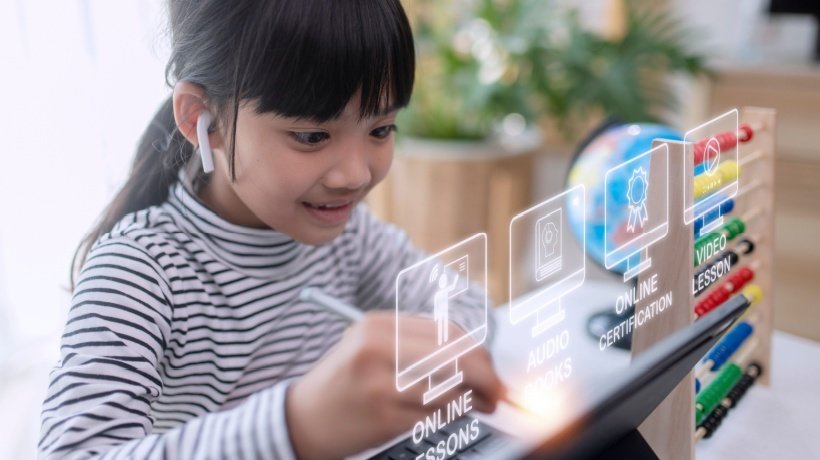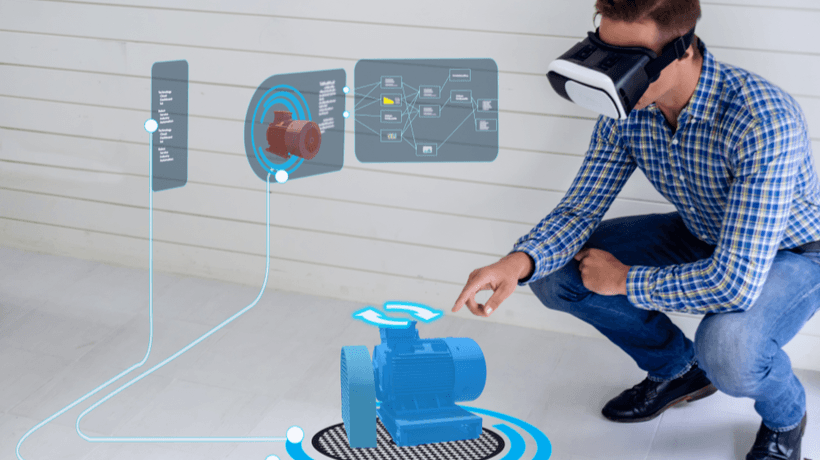Equipping The Future
Educational equipment refers to the tools and resources used to facilitate learning and teaching in a formal educational setting. These tools can include physical equipment, such as laboratory apparatus and audiovisual aids, as well as software and online tools that support classroom instruction. In today's modern age, educational equipment has become increasingly important as it plays a critical role in enhancing the learning experience for students. With the advancements in technology, this equipment has become more interactive, engaging, and effective in creating a conducive learning environment for students.
Educational equipment varies depending on the level of education and the subject matter being taught. For instance, in science classes, equipment such as microscopes, laboratory glassware, and chemicals are used to carry out experiments, while in language classes, language learning software and online dictionaries are used to support language acquisition.
The Importance Of Educational Equipment
The importance of educational equipment cannot be overstated. It has become an essential tool for educators to provide high-quality instruction, enabling students to gain practical knowledge and skills that will help them succeed in their academic and professional lives. It is important for the effective delivery of educational content and for improving the learning experience of students. Here are some of the reasons why:
1. Enhances Understanding
Educational equipment such as projectors, smart boards, and visual aids can help enhance the understanding of complex topics. Visual aids help to break down information into bite-sized pieces that are easier to understand and remember.
2. Encourages Active Learning
Educational equipment such as science kits, educational games, and interactive learning tools can encourage active learning. This type of learning promotes engagement, collaboration, and critical thinking skills.
3. Improves Accessibility
Educational equipment such as text-to-speech software, hearing aids, and Braille materials can improve accessibility for students with disabilities. These tools help to ensure that students with different learning abilities can access the same educational content.
4. Saves Time
Educational equipment can help save time in lesson preparation and delivery. For example, premade PowerPoint presentations and lesson plans can reduce the time it takes for teachers to prepare materials. The equipment can also help to make lessons more efficient and allow for more learning to occur in a shorter amount of time.
Educational equipment is essential for the success of both teachers and students in the educational process. It enhances understanding, promotes active learning, improves accessibility, and saves time.
Types Of Equipment
Educational equipment can be classified into various categories based on its functionality and purpose. Below are some of the types of equipment used in classrooms and learning environments:
- Audiovisual equipment
This type of equipment includes devices like projectors, televisions, DVD players, and sound systems. They are used to display images, videos, and audio files, providing an interactive and engaging learning experience. - Interactive whiteboards
Interactive whiteboards are digital boards that connect to a computer and a projector. They can be used to display and interact with digital content and can be operated using a stylus or fingers. - Computers and laptops
Computers and laptops are essential equipment for students in this digital era. They are used for research, completing assignments, and online learning. - Microscopes
Microscopes are used to observe and magnify small objects and organisms that are not visible to the naked eye. They are mostly used in science and biology classes. - Lab equipment
Lab equipment includes items like beakers, test tubes, thermometers, and other materials used in science experiments. - Calculators
Calculators are used in math classes to aid in problem-solving and calculations. - Robotics kits
Robotics kits are used in STEM education, providing hands-on experience with robotics and programming. - Smart pens
Smart pens are digital pens that can capture handwriting and drawings digitally. They are used for note-taking and sketching, and the digital files can be easily shared and edited. - Educational toys and games
Educational toys and games are used to enhance learning and stimulate critical thinking and problem-solving skills.
These are just a few examples of the types of educational equipment available to students and teachers. Each type of equipment serves a unique purpose and contributes to creating a conducive learning environment.
The Benefits Of Using Educational Equipment
Educational equipment is essential for a successful learning environment. Here are some reasons why:
1. Enhances Student Engagement
Interactive educational equipment can make learning more fun and engaging for students. It can keep students more interested and excited about learning new topics.
2. Improves Learning Outcomes
Educational equipment can help students to understand complex concepts more easily. This can lead to better retention of information and improved academic performance.
3. Encourages Critical Thinking
Certain educational equipment, like puzzles and games, can challenge students to think critically and solve problems. This can lead to the development of important skills that will serve them well beyond the classroom.
4. Accommodates Diverse Learning Needs
Educational equipment can be tailored to meet the needs of different types of learners. For example, students who learn best through visual aids may benefit from interactive whiteboards.
5. Prepares Students For Real-World Skills
Certain educational equipment, like computer programs or laboratory equipment, can help prepare students for real-world situations they may encounter in their future careers.
Conclusion
In conclusion, educational equipment plays a critical role in facilitating effective teaching and learning in classrooms. With the advancements in technology, there is a wide range of equipment available for teachers to use. This equipment helps teachers to better engage their students and make learning more fun and interactive. It also allows students to develop essential skills, such as problem-solving, critical thinking, and creativity. These tools can also help bridge the gap between students who have different learning styles or different abilities. Finally, investing in high-quality educational equipment is essential for creating a positive and conducive learning environment that encourages students to achieve their full potential.









